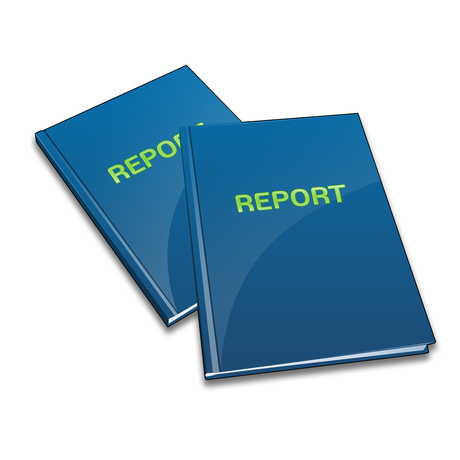Medical device sector's time to shine

The time is ripe for the medical devices segment to become a pillar of Australia’s life sciences industry, according to PriceWaterhouseCoopers (PwC).
The firm’s latest BioForum report reveals that the Australian ex-major medical device sector surged 67% year-on-year and 14.1% sequentially during 4Q13, significantly outperforming the 7% growth in the overall Life Sciences Index.
Leading the growth charge was iSonea (ASX:ISN) which has returned 1129% during the year thanks to its successful Australian launch of AirSonea.
iSonea was the top-performing Australian biotech by returns during the quarter, and closed out the year with a market cap of just over $200 million. Another strong medical device performer, AtCor Medical (ASX:ACG) generated a return of 217%.
In the introduction to the report, PwC Private Clients partner Manoj Santiago said the timing could perhaps not be better for the Australian medical devices sector to emerge as a key industry to drive economic growth.
“PwC’s 2011 Medical Technology Innovation Scorecard outlined the five pillars of innovation that make a successful med device industry. These included powerful financial incentives, leading resources for innovation, a supportive regulatory system, demanding and price-insensitive patients, and a supportive investment community,” he said.
“We believe these foundations are increasingly strong in the Australian economy and the med device industry is ripe to grow and prosper.”
The segment’s growth trajectory wasn’t the only good sign for the Australian life sciences industry during the quarter, the report states.
The period saw the first Australian life science IPO since FY12, the $10.5 million listing of regenerative medicine company Regeneus. Secondary raisings meanwhile totalled $113 million, with medical device raisings alone comprising $78 million - the highest result for this segment since the second quarter of FY10.
The total market capitalisation of the life sciences sector increased 7% sequentially to $46.8 billion. The pharma/biotech segment grew 7.7% to $35.6 billion. Excluding CSL (ASX:CSL), the segment increased 15.7% to $6.15 billion.
But it wasn’t all good news, with some mid-sized pharmaceutical companies delivering lacklustre returns due to disappointing clinical trials and regulatory hurdles.
The report singles out QRxPharma (ASX:QRX, -26% return) - which has been forced to refile its NDA with the US FDA after a second Complete Response Letter - as well as Phosphagenics (ASX:POH, -35% return) and Prima Biomed (ASX:PRR -43% return).
The bottom-performing biotech during the period was Pharmaxis (ASX:PXS, -89% return). During FY13, the US FDA knocked back Pharmaxis’ application for Bronchitol as a cystic fibrosis treatment, impacting the company’s share price.
Santiago said these declines “serve as a reminder to investors to beware of clinical and regulatory risks and that investing in this sector is a long-run game”.
Gene therapy slows Huntington's disease progression in trial
Patients receiving the treatment were found to experience 75% less progression of the disease...
AI-driven manufacturing: lessons from the life sciences industry
The use of artificial intelligence for batch monitoring and digital twin development is...
Does paracetamol use in pregnancy cause autism? Experts respond
White House Press Secretary Karoline Leavitt says there is "mounting evidence finding a...






